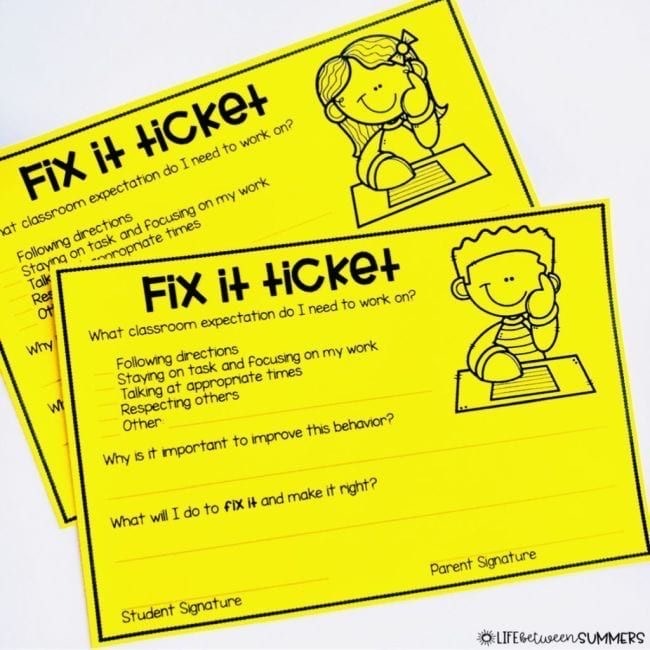
Image: inside.ewu.edu
Introduction
Navigating the complexities of the legal system can be daunting, especially when faced with a fix-it ticket. These citations, issued for minor traffic violations such as broken taillights or expired tags, can leave you feeling overwhelmed and unsure of your next steps. This comprehensive guide aims to provide you with the clarity and confidence you need to pay a fix-it ticket and resolve your case efficiently.
Understanding Fix-It Tickets
Fix-it tickets are intended to address minor traffic infractions that pose no immediate safety concerns. They typically require you to correct the violation within a specified period (usually 30-60 days) and provide proof of compliance to the court. Failure to do so may result in additional fines, points on your driving record, or even a suspended license.
How to Pay a Fix-It Ticket
The process of paying a fix-it ticket can vary depending on your jurisdiction. Here are the most common methods:
1. Online Payment:
Many courts now offer online payment options for fix-it tickets. Visit the website of the court that issued the ticket and follow the instructions provided. You can typically pay using a credit card, debit card, or e-check.
2. Mail:
You can mail a check or money order to the address specified on the ticket. Include the ticket number and a copy of your proof of compliance (see below).
3. In-Person Payment:
Visit the court clerk’s office during business hours and pay in person. Bring the ticket and your proof of compliance.
Proof of Compliance
After correcting the violation, you must provide proof of compliance to the court. This may include:
- A signed statement from a mechanic that the violation has been repaired
- A photo of the repaired item
- A receipt for the repair work
Important Considerations
- Timely Payment: Pay the fine and submit your proof of compliance within the specified time frame to avoid additional penalties.
- Multiple Tickets: If you receive multiple fix-it tickets, they may be consolidated into one case. Pay all tickets promptly to avoid a suspended license.
- Requesting an Extension: In some cases, you may be granted an extension for paying the fine or submitting proof of compliance. Contact the court to inquire about this possibility.
- Dispute the Ticket: If you believe the fix-it ticket was issued in error, you can request a hearing to dispute it. Contact the court or an attorney for more information.
Conclusion
Paying a fix-it ticket can be an intimidating process, but with the right information and preparation, you can navigate it effectively. By understanding the requirements, following the proper payment methods, and providing proof of compliance, you can resolve the ticket and get back on the road without further hassle. Remember, the goal of fix-it tickets is not to punish but to improve road safety for everyone. So take this opportunity to ensure your vehicle is in good working condition and contribute to a safer driving environment.

Image: www.youtube.com
How To Pay A Fix It Ticket